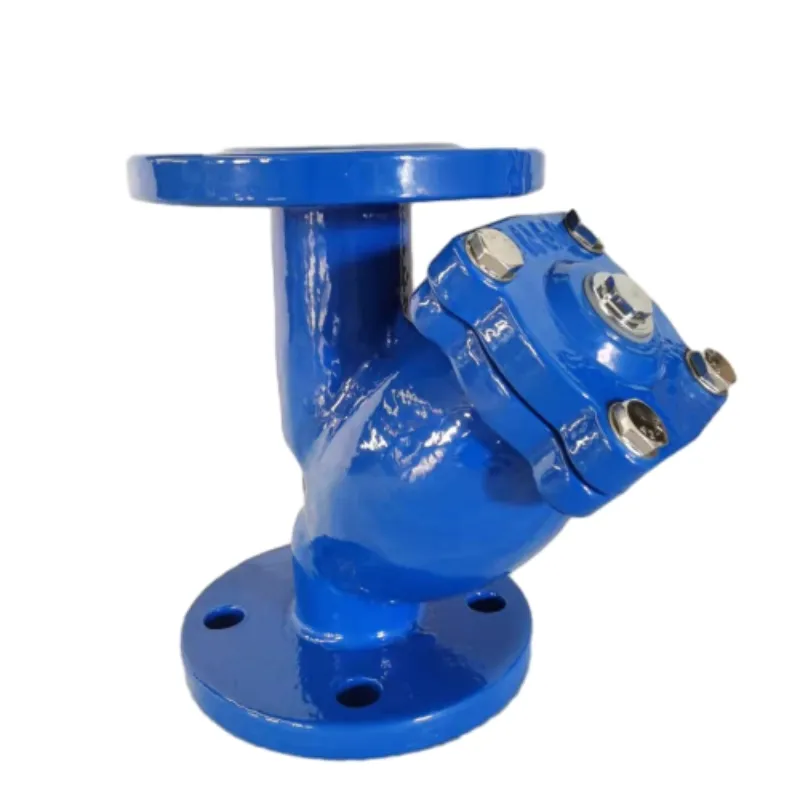air receiver pressure relief valve
Understanding Air Receiver Pressure Relief Valves
Air receivers are essential components in compressed air systems, used to store compressed air and maintain system pressure stability. One critical safety device that protects these air receivers is the pressure relief valve. This article will delve into the purpose, function, and importance of air receiver pressure relief valves, ensuring compliance with safety standards and proper operation.
What is a Pressure Relief Valve?
A pressure relief valve (PRV) is a safety device designed to prevent excessive pressure buildup within an air receiver. When the pressure in the receiver exceeds a predetermined limit, the valve opens, allowing excess air to escape, thereby preventing potential damage to the receiver and associated equipment. This mechanism is essential to safeguarding against catastrophic failures that could result from overpressure situations.
Why Are Pressure Relief Valves Important?
1. Safety The primary function of a pressure relief valve is to enhance the safety of compressed air systems. Over-pressurization can lead to severe accidents, including equipment failure, explosions, or even injuries to personnel. By releasing excess pressure, PRVs play a critical role in ensuring a safe working environment.
2. System Performance Maintaining optimal pressure levels within the air receiver also promotes efficient system performance. If pressure fluctuations occur, equipment downstream may function improperly, leading to increased wear and energy consumption. A well-functioning pressure relief valve helps maintain system integrity.
3. Regulatory Compliance Many industries are governed by safety regulations that mandate the use of pressure relief devices in compressed air systems. Compliance with these regulations not only ensures the safety of personnel but also protects businesses from potential liability issues and hefty fines.
Types of Pressure Relief Valves
There are several types of pressure relief valves used in compressed air systems, including
- Spring-Loaded Valves These are the most common type. A spring keeps the valve closed until the pressure reaches a certain threshold. When this limit is exceeded, the spring compresses, allowing the valve to open and relieve pressure.
air receiver pressure relief valve

- Pilot-Operated Valves These valves are more complex and use a smaller pilot valve to control the larger main valve. They are typically used in applications requiring precise pressure control and are advantageous in systems where a wide range of pressure regulation is needed.
- Electronic Pressure Relief Valves An advanced option, these valves can be adjusted electronically to respond to varying system pressures. They offer precision control and can be integrated into automated systems, enhancing efficiency and response time.
Maintenance of Pressure Relief Valves
To ensure the reliability and effectiveness of pressure relief valves, regular maintenance is crucial. Here are some best practices
- Periodic Testing Pressure relief valves should be tested regularly to ensure they open and close at the correct pressures. This can prevent the risk of leaks or failure when needed.
- Visual Inspection Regular visual inspections can identify signs of wear, corrosion, or mechanical damage. Any suspicious findings should be addressed promptly to avoid potential failures.
- Cleaning Dust and debris can accumulate on valves, affecting their operation. Regular cleaning of the valve area is necessary to maintain optimal performance.
- Replacement Over time, pressure relief valves can wear out. It's essential to replace them according to the manufacturer's recommendations or when they show signs of degradation.
Conclusion
Air receiver pressure relief valves are vital components of any compressed air system, providing safety, regulatory compliance, and enhancing system performance. Understanding their function and importance ensures that these devices are maintained and operated correctly, ultimately contributing to a safer and more efficient work environment. Regular maintenance and adherence to safety standards will protect both personnel and equipment in the long run.
-
Square Sewer Cover Enhances Urban SafetyNewsAug.01,2025
-
Pipe Fitting Requires Precise AlignmentNewsAug.01,2025
-
Manhole Step Is DurableNewsAug.01,2025
-
Manhole Cover Is Found WorldwideNewsAug.01,2025
-
Hole Cover Frame On RoadsNewsAug.01,2025
-
Gully Grate Improves Road SafetyNewsAug.01,2025
-
Man Hole Cover Round Load CapacityNewsJul.31,2025
